 Tontitown Grape Festival
Tontitown Grape Festival
Entry Type: Event - Starting with T
 Tontitown Grape Festival
Tontitown Grape Festival
 Tontitown Grape Festival Dinner
Tontitown Grape Festival Dinner
Tontitown Grape Festival
 Torch Run Bus
Torch Run Bus
 Tornado Article
Tornado Article
 Tornado Dead
Tornado Dead
Tornado Outbreak of 1952
Tornado Outbreak of 2023
Tornado Outbreak of March 1, 1997
 Train Wreck near Siloam Springs
Train Wreck near Siloam Springs
Trammell, Albert (Execution of)
Treaty of Council Oaks
 George Tribou Birthday
George Tribou Birthday
 George Tribou Funeral
George Tribou Funeral
 Tribou Meets the Pope
Tribou Meets the Pope
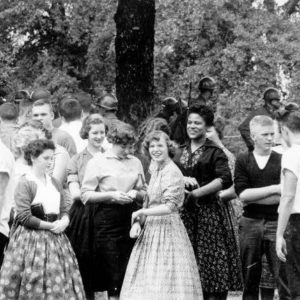 Minnijean Brown with Classmates
Minnijean Brown with Classmates
Triple Execution of 1994
Triple Execution of 1997
Troop Train No. 571 Wreck of 1918
aka: Garland Troop Train Accident of 1918
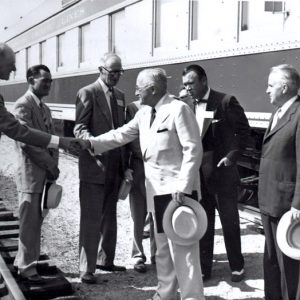 President Truman at Cotter
President Truman at Cotter
Trumann Wild Duck Festival
 Tucker-Parnell Feud Article
Tucker-Parnell Feud Article
Tucker-Parnell Feud
Tucker, Frank (Lynching of)
Tucker, James (Execution of)
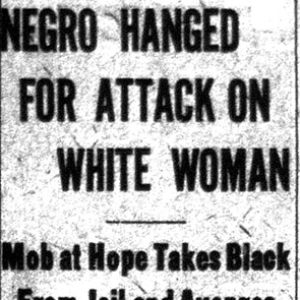 Tuggle Lynching Article
Tuggle Lynching Article
Tuggle, Browning (Lynching of)
Tulip, Skirmish at
 Tull Welcome Sign
Tull Welcome Sign
Turkey Trot Festival
Turner v. Arkansas (1991)
Turner, John (Lynching of)
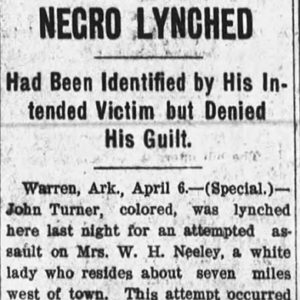 John Turner Lynching Article
John Turner Lynching Article
Turner, William (Lynching of)
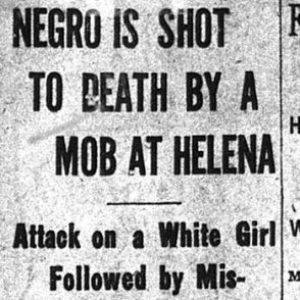 Turner Lynching Article
Turner Lynching Article
Tutt-Everett War
aka: King-Everett War
 Two Rivers Park
Two Rivers Park
 Typhoid Innoculation
Typhoid Innoculation




